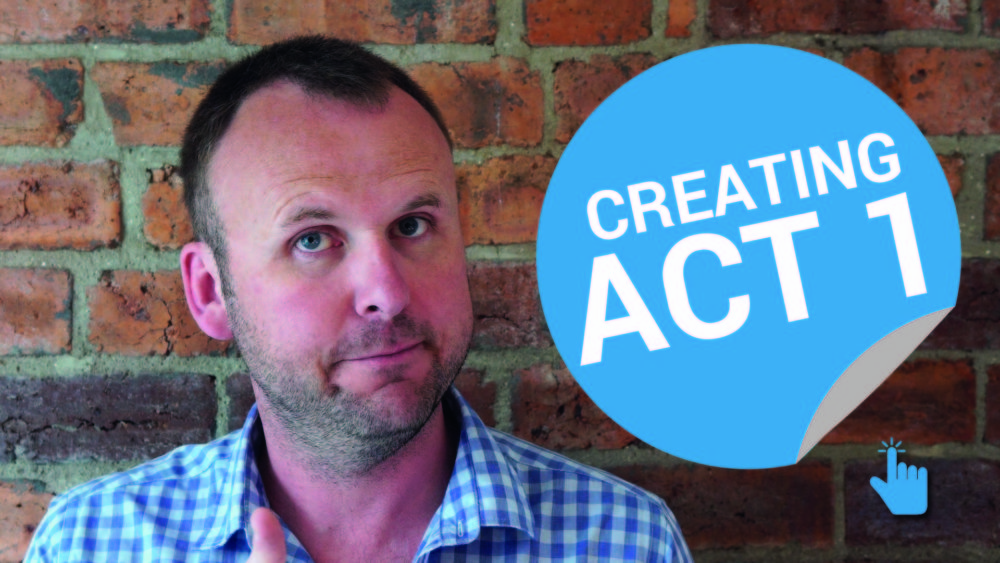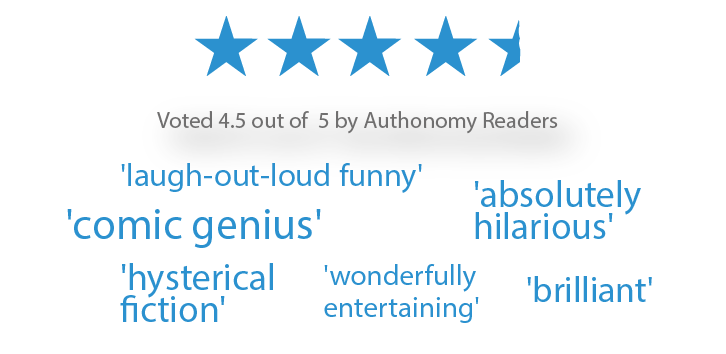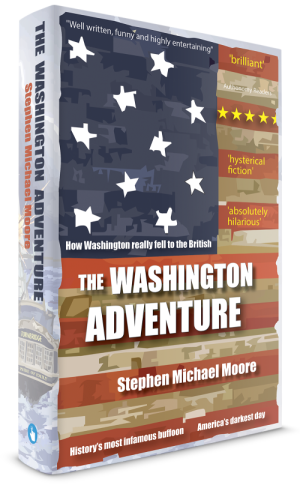
Tips for a Sizzling First Act
The First Act is key. In this post, we’re going to zip through 11 top tips for creating a screenplay that grabs the reader by their lapels and throws them through a plate glass window - but in a good way.
1) Understand Structure
Understand structure but don’t be a slave to it. A screenplay is generally between 90 and 120 pages - a page a minute of screen time. Pro-rata you’re looking at a 'first act' of 20 to 30 minutes and an inciting incident 10 to 15 minutes in. Within half an hour your hero needs to be washed, dressed and off on their adventure.
don't expect Steven Spielberg to stalk you in Tescos
2) Don't smell the roses
Don’t wait around to smell the roses. Get into every scene quick and leave it as soon as possible. Cut anything that’s not driving the narrative forward. Check out the blog on structure.
3) Who's who
Quickly give the audience someone to boo and someone cheer and make sure they have a grand and memorable entrance.
4) Make your Antagonist believable
Don’t be lazy and have a cliché antagonist. They need to be believable. Remember that the better your antagonist is, the better the hero needs to be to stop them. Also remember that - in their minds - the antagonist would actually see themselves as a hero.
5) Hook the reader
Start with a hook. The characters or situations should have engaged the reader within a page or two. If you’re unsure how to do this, start with the USP of a characters or world. I.e. dramatise with why your story or characters are original.
6) Leave some intrigue
The purpose of the 1st act is to establish the hero and antagonist: their objectives, motivations, weaknesses and flaws but you don’t have to explain everything up front - especially the rules of the world. Leave enough intrigue to keep people reading.
7) Show don't tell
If your hero is a tough, grizzled cop who takes out the pain of his cheating wife by torturing gang members with pliers - then show him going it. Don’t just have him explain it to his partner over a late night doughnut.
8) What's the story really about?
Although the hero’s objective story arc is ‘saving the world’, ‘solving a case’ or ‘getting home for Christmas’ - the real journey of the film is the subjective story of the hero overcoming a weakness of flaw.
9) Clear turning points
Have a clear inciting incident. This is a point 10 to 15 mins in where the antagonist’s plan first impacts on the hero’s real world. It’s then followed by a call to action which sees the hero being reluctantly drawn into the antagonist’s story.
10) Refusal
Make sure your hero refuses the call to action. Their refusal - and the reason for it - i.e. ‘i’m just a little Hobbit who has never left the Shire’ or ‘I’m an analyst not a Field Agent’ plants doubt in the audience’s mind. Without this doubt - there can be no peril.
11) Writing is editing... rewriting
Finally - edit edit edit. Don’t write it over a weekend, stick it into an envelope post-marked Steven Spielberg, C/O Hollywood and wait for him to stalk you in Tescos. As the saying goes, writing is rewriting so rework it again and again. It’s a hard lesson to learn but remember that you are the slush pile - so do your utmost to keep it to a minimum.
Anything we missed or something you want to add. By all means, leave a comment below.

'William Peel is a brilliant character, an aristocratic buffoon– so wealthy he is beyond reproach, and lacking any self awareness, he makes for a superbly comic protagonist. This is a brilliant example of the historical comedy genre.'
Harper Collins

'A conversation with William Peel is like being stabbed in the head with a blunt knife covered in goat excrement'
The Prince Regent, 1814
'It’s a failing of the common man that he mistakes arrogance for simply the behaviour of his betters'
William Peel, Lord of Tornbridge

